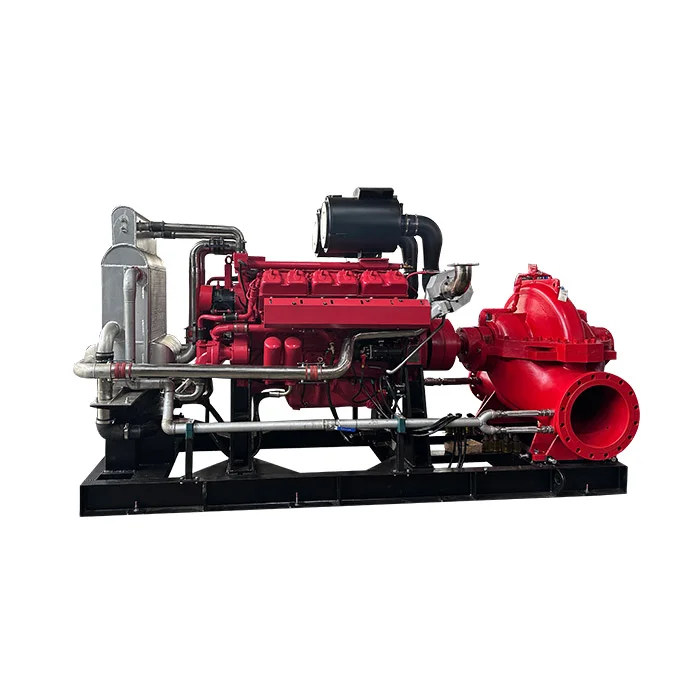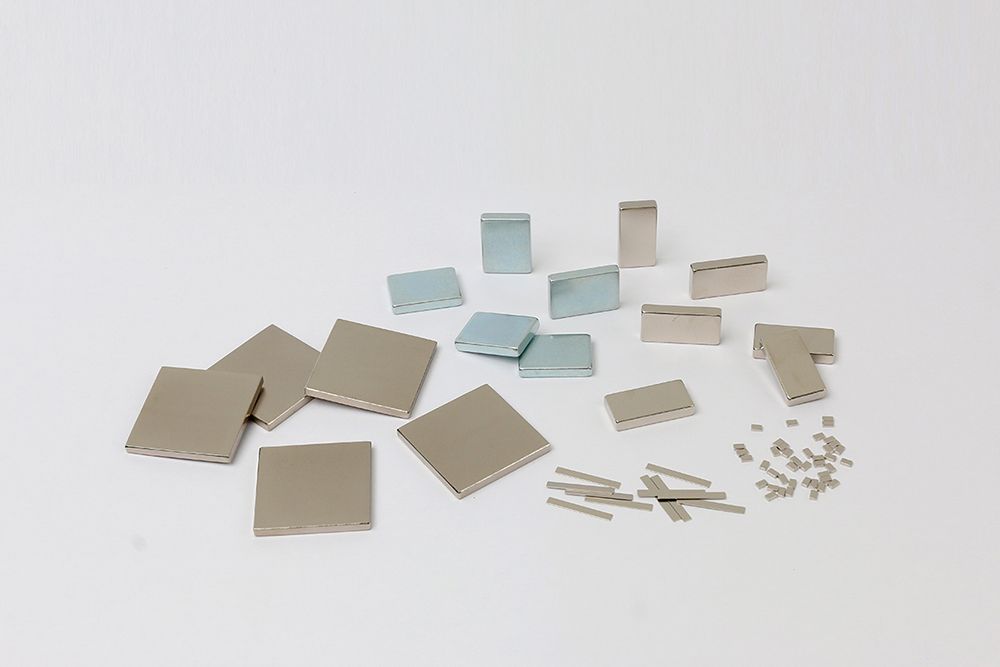Hydraulic cylinders are an important part of hydraulic systems and are widely used in various fields, such as industrial machinery, agricultural machinery, construction machinery, etc. The working pressure range of hydraulic cylinders refers to the range between the maximum working pressure and the minimum working pressure that the hydraulic cylinder can withstand. This article will discuss the working pressure range of hydraulic cylinders.
The working pressure of a hydraulic cylinder usually refers to the actual pressure value on the liquid action area during its working process. Depending on the application environment and performance requirements, the working pressure of a hydraulic cylinder can range from a few megapascals (MPa) to hundreds of MPa. In most industrial applications, the common working pressure range of hydraulic cylinders is roughly between 1 MPa and 40 MPa.
The working pressure range of a hydraulic cylinder is usually determined by the maximum working pressure and minimum working pressure of the hydraulic system. The maximum working pressure refers to the maximum pressure that the hydraulic system can withstand, exceeding which will cause system failure or damage. The minimum working pressure refers to the lowest pressure at which the hydraulic system can work normally, and below which the hydraulic cylinder will not work properly or produce unstable movement.

The maximum working pressure of a hydraulic system is usually determined by the rated pressure of the hydraulic pump and hydraulic valve. The hydraulic pump is the power source of the hydraulic system, which is responsible for extracting liquid from the hydraulic oil tank and supplying it to the hydraulic cylinder. The rated pressure of a hydraulic pump refers to the maximum pressure that the pump can provide. The maximum working pressure of a hydraulic cylinder should be less than the rated pressure of the hydraulic pump to ensure the safe operation of the system.
The hydraulic valve is a control element in a hydraulic system, which is used to control the flow and pressure of the hydraulic system. The hydraulic valve usually has the function of regulating pressure and can adjust the working pressure of the hydraulic cylinder according to the application requirements. By adjusting the opening of the hydraulic valve, the thrust size and speed of the hydraulic cylinder can be controlled. Therefore, the rated pressure of the hydraulic valve is also an important reference for the working pressure range of the hydraulic cylinder.
The minimum working pressure of a hydraulic cylinder is usually determined by the minimum working pressure requirement of the hydraulic system and the design characteristics of the hydraulic cylinder. The minimum working pressure requirement of a hydraulic system refers to the lowest pressure at which the system can work normally. If it is lower than this pressure, the system will not be able to operate normally. The design characteristics of the hydraulic cylinder include sealing structure, piston diameter, and piston rod diameter, which will affect the minimum working pressure of the hydraulic cylinder.
Factors affecting the working pressure of a hydraulic cylinder:
Sealing technology: Sealing technology is one of the key factors that determine the working pressure of a hydraulic cylinder. High-quality seals can effectively prevent leakage and ensure long-term and stable operation of the system under high pressure. Common sealing forms include piston seals, end cover seals, and rod seals. With the application of new materials and new technologies, the pressure resistance of modern sealing technology has been significantly improved.
Material selection: The material selection of hydraulic cylinders directly affects their pressure-bearing capacity and service life. High-strength alloy steel, aluminum alloy, and new composite materials have certain applications in different pressure ranges. The strength, toughness, and corrosion resistance of the material are all important factors to consider when selecting materials.
Processing technology: Precision processing technology also has an important impact on the working pressure of hydraulic cylinders. Through fine boring, honing, and polishing processes, the roundness and surface finish of the inner wall of the cylinder can be improved, thereby reducing wear and leakage. In addition, heat treatment and surface treatment processes can also enhance the durability and fatigue resistance of the cylinder body.
By understanding the application scenarios and influencing factors of different pressure ranges, you can better select the right hydraulic cylinder during design and use, thereby improving the reliability and work efficiency of the system. In the future, with the development of science and technology, the performance and reliability of hydraulic cylinders will continue to improve, providing better solutions for all walks of life.
As a hydraulic cylinder supplier from China, we are committed to providing high-quality and high-performance hydraulic cylinder products to meet the diverse needs of global customers. With advanced manufacturing technology and rich industry experience, we are able to provide customers with customized solutions to ensure the stable operation and long life of hydraulic cylinders under various complex working conditions. We always adhere to technological innovation and quality improvement, continuously promote the development of the hydraulic cylinder industry, and contribute to the global industrial automation process.
www.toringcylinder.com
Ningbo Toring Machinery Manufacturing Co., Ltd.

